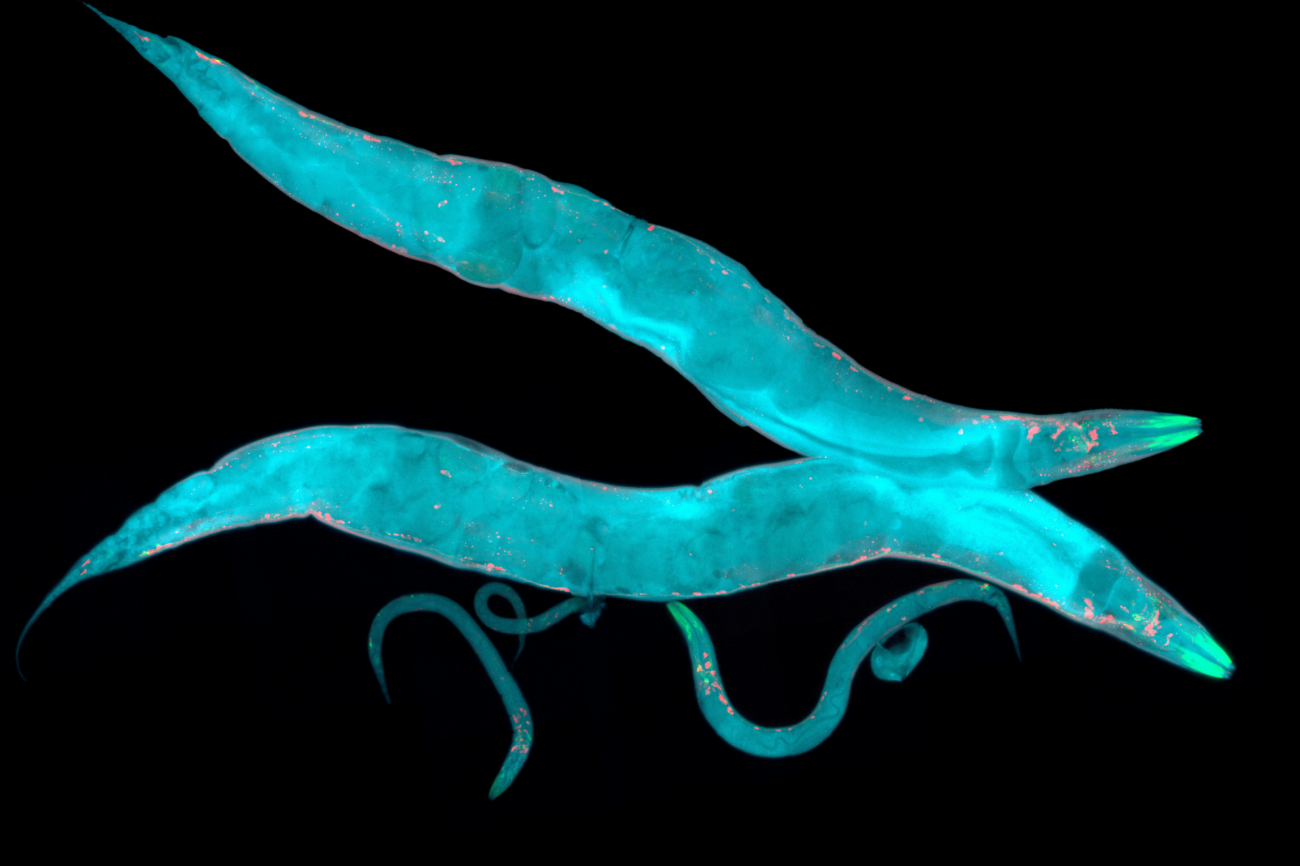Apple is not at all happy with the latest proposal from the European Union, which determines the mandatory adoption of the USB-C port on all small electronic devices for charging purposes, which includes the iPhone.
- European Commission may force Apple to switch iPhone Lightning connector to USB The name is USB4, but you can call it Thunderbolt 3
The goal is to reduce the generation of electronic waste, establishing a standardized power system that all manufacturers must follow. Apple argues that the measure “hampers innovation”, but the resistance to giving up the port and cables Lightning has much more to do with control, and of course, revenue.

The proposal for a new law that determines the standardization of charging devices in gadgets was presented by the antitrust department of the European Commission for Competition, chaired by the inflexible Margrethe Vestager,
the biggest thorn in the side of non-European tech giants in the last decade. The text says that companies operating in the block will be required to establish a single wired charging format, using the USB-C at both ends of the cable, both on the gadget side and on the charger.
The idea is to reduce the generation of electronic waste at all points. First, manufacturers will no longer ship chargers with cell phones (which Apple, Samsung and others already do), but at the same time, they will have to ensure that the user can only use a charger and cable common to any device that can be powered from this. form. The energy requirements should be, if not the same, very close for a single source and cable to meet all the cases.
What the European Commission defends is that the user buys only one charger and that it should be used to charge iPhones, Android cell phones and any other small device, without any obstacles. Most Android device manufacturers have already migrated from microUSB to USB-C, with some exceptions on input devices, or on sources that still use the USB-A port, which should also be abolished.
Apple, in turn, already uses USB-C in a number of devices, such as the Mac and iPad lines, but when it comes to the iPhone, the company doesn’t even dream of giving up the proprietary connector Lightning on the mobile device, and is willing to fight Europe to the end for the maintenance of the port (will lose, of course).

 since the iPhone 11 line, but for the EU, it’s not enough (Credit: André Fogaça/Meio Bit)
since the iPhone 11 line, but for the EU, it’s not enough (Credit: André Fogaça/Meio Bit)Officially, Apple says that the Lightning port “stimulates innovation”, while defending (with a touch of frog that the switch to USB-C will force a search for new connectors and cables by its consumers, which will increase the generation of e-waste. This is true, but it needs to be pointed out that this will be a single spike, and the goal is for the user to keep only one charger and USB-C cable to use with everything, until such time as it is necessary to replace it.
Ultimately, the European Commission defends that the movement to replace cables and chargers will fall precipitously over time, the proposed law is a modification that will have effects in the medium term, while the justification Cupertino clings to the immediate consequences.
But the main reason Apple refuses to give up the Lightning port says very little about innovation or concern for the Environment, and more with control and money. Adopting USB-C on the iPhone, a decision that because of Europe would be extended to the entire globe, would mean the end of MFi program, or Made for iPhone/iPad/iPod. It sets standards and requirements for devices and cables that are fully compatible with proprietary entry, with Apple determining who can and cannot participate.
Every Apple-approved product receives the seal below , which for the consumer, means that it has passed the Cupertino sieve and has been properly certified as a gadget or cable fully compatible with iPhones, iPads and iPods that use the Lightning port. And of course, Apple takes its commission from every unit sold.



 Apple MFi Seal (Credit: Disclosure/Apple)
Apple MFi Seal (Credit: Disclosure/Apple)










